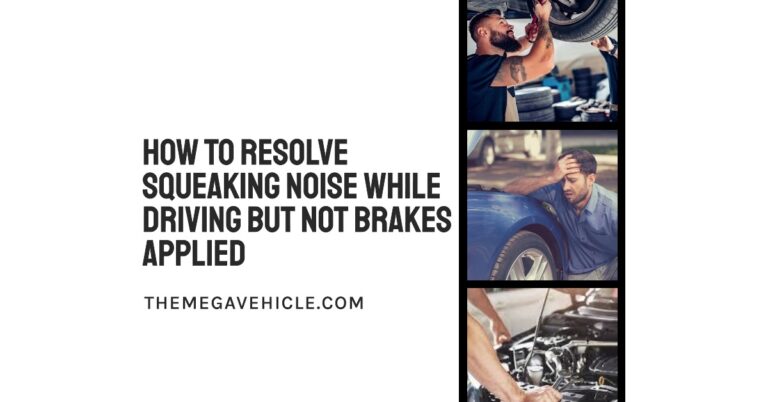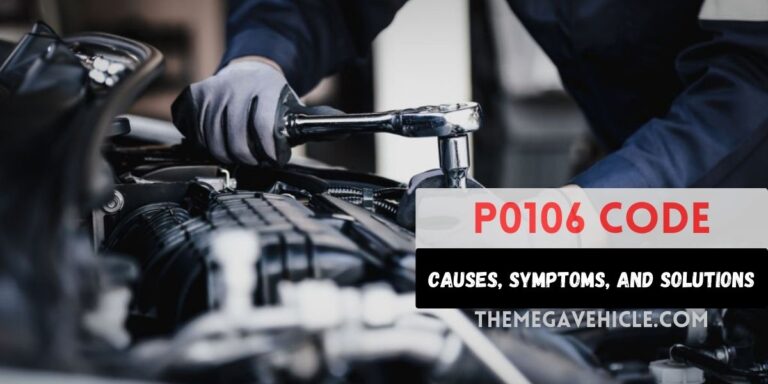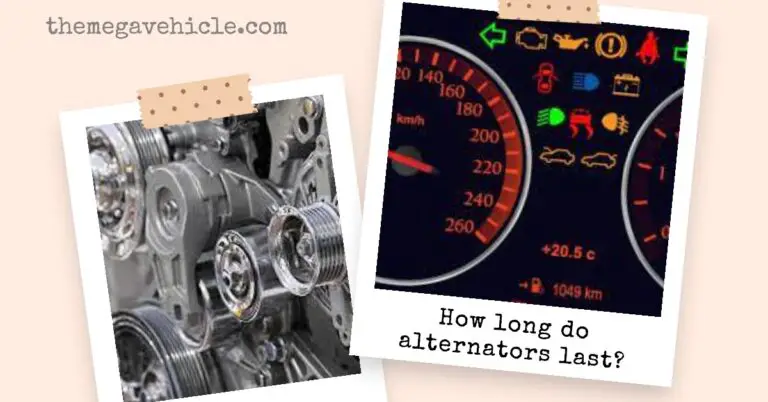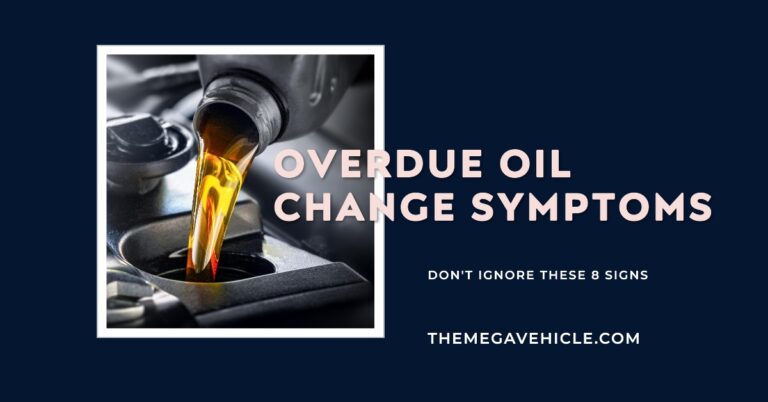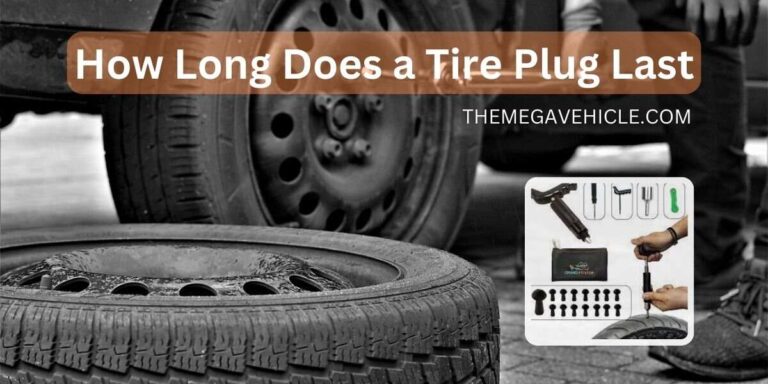How to Ceramic Coat A Car for Long-lasting Shine and Protection
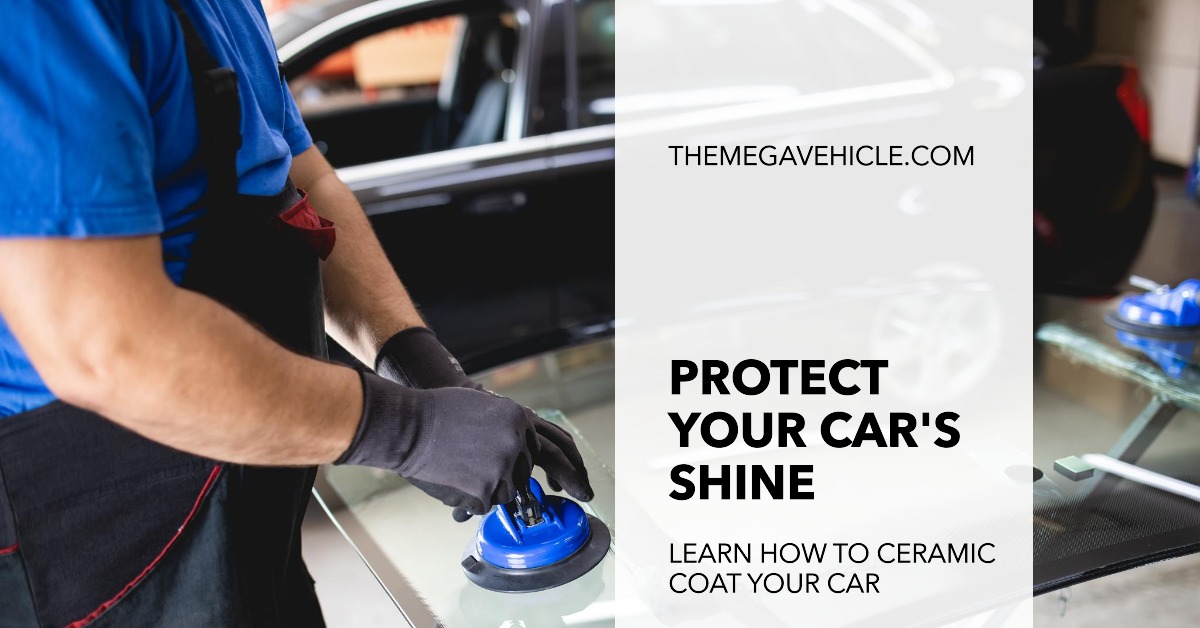
Owning a car is a significant investment, and ensuring its appearance and protection is crucial. One effective way to achieve this is by applying a ceramic coating to your vehicle. This blog post will provide a comprehensive guide on how to ceramic coat a car, offering step-by-step instructions, tips, and benefits of this innovative protective solution.
Understanding Ceramic Coating
What is ceramic coating, and how does it work?
Ceramic coating is a liquid polymer applied to a car’s exterior. It forms a protective layer that bonds with the vehicle’s paint, creating a durable and long-lasting barrier against environmental contaminants such as dirt, UV rays, and chemical stains. This coating enhances the car’s shine and makes it easier to clean.
ceramic coating VS traditional waxing or sealants
Ceramic coating, unlike traditional waxing or sealants, offers a superior level of protection and durability for your vehicle’s paintwork. Here are some key differentiating factors between ceramic coating and traditional waxing or sealants:
- Longevity and Durability: Unlike traditional waxing or sealants that typically last a few months, the ceramic coating provides long-lasting protection for up to several years. Its chemical composition and bonding properties create a strong barrier that withstands harsh weather conditions and frequent washing.
- Enhanced Protection: While waxing and sealants offer some level of protection against dirt and UV rays, the ceramic coating provides a superior shield. Its hardness and resistance to chemicals and scratches make it highly effective in preventing damage from environmental factors. Additionally, the hydrophobic properties of the ceramic coating repel water and other liquids, reducing the risk of water spots and stains on the vehicle’s surface.
- Gloss and shine: The ceramic coating provides protection and enhances the gloss and shine of the vehicle’s paint. Its high refractive index creates a deep, reflective finish that gives the car a showroom-like appearance.
- Ease of maintenance: Ceramic coating significantly reduces the need for frequent washing and waxing. Its hydrophobic properties make dirt and grime slide off easily, requiring less effort to keep the vehicle clean. Additionally, the coating’s durability ensures that it lasts longer than traditional wax or sealants, saving time and money on maintenance in the long run.
- Time-saving: Traditional waxing or sealant applications require multiple layers and meticulous buffing. In contrast, ceramic coatings usually involve a single application process that bonds directly to the paint surface, saving time and effort.
How To Ceramic Coat A Car
Essential pre-coating steps
When it comes to achieving a flawless paint finish, essential pre-coating steps are crucial. Let’s take a closer look at each of these steps:
- Washing and decontamination
Before applying a ceramic coating, it is crucial to thoroughly wash the car to remove any dirt or debris that could interfere with the bonding process. Decontamination steps such as clay barring and iron fallout removal should also be performed to ensure a clean surface.
- Properly assessing the condition of your car’s paintwork
Properly assessing the condition of your car’s paintwork is essential before applying a ceramic coating. This involves carefully inspecting the surface for imperfections such as oxidation, fading, or clear coat damage. By identifying these issues beforehand, you can determine if any repairs or touch-ups are needed to achieve the best results with the ceramic coating application.
- Identifying and addressing any existing imperfections or scratches
Identifying and addressing any existing imperfections or scratches is crucial to ensure a smooth and flawless ceramic coating application. This may involve using specialized products or techniques to correct the imperfections, such as polishing or buffing the affected areas. By addressing these issues, you can enhance the overall appearance and longevity of the ceramic coating on your car’s paintwork.
Ceramic Coat Application: Step-by-Step Process
Gathering the necessary tools and materials
To ensure you have everything you need for your project, here is a comprehensive list of tools and materials to gather:
- Microfiber cloths or applicator pads
- Ceramic coating product
- Isopropyl alcohol or paint surface prep solution
- Masking tape or painter’s tape
- Clay bar or clay mitt
- Paint correction products (if needed)
- Gloves and safety glasses
Surface preparation
Claying, polishing, and ensuring a clean canvas are essential in the surface preparation process. Let’s dive deeper into these steps to help you understand their importance.
- Clay the paintwork to remove any embedded contaminants
Claying the paintwork is a crucial step in surface preparation as it helps remove any embedded contaminants such as dirt, tar, or industrial fallout. This process ensures a smooth, clean surface for the paint correction and detailing. Using a clay bar or clay mitt can also help improve the overall finish of the paint by removing any roughness or imperfections.
- Polish the paint to create a smooth surface:
Polishing the paint is an essential step in achieving a flawless finish. It helps to remove any imperfections such as swirl marks, scratches, or oxidation, resulting in a smooth and glossy surface. This process also enhances the depth and clarity of the paint, giving it a showroom-like shine.
- Wipe down the paint and remove any remaining residue
This step is crucial, as it ensures that the paint surface is spotless and free from any contaminants that may affect the adhesion of the new paint or clear coat. Isopropyl alcohol or a paint surface prep solution effectively removes any wax, grease, or oils, leaving a pristine surface ready for further treatment. Additionally, this process helps to promote better paint adhesion and improves the overall longevity of the paint job.
Recommended methods to apply ceramic coating
There are different application methods you can choose from, depending on your preference and the specific product you’re using:
- Spray application: This method uses a spray gun or aerosol can to evenly apply the ceramic coating onto the surface. It allows for quick and efficient coverage, especially in larger areas.
- Hand application: This method involves using a microfiber applicator or sponge to apply the ceramic coating by hand. It provides more control and precision, making it ideal for smaller or intricate areas.
- Curing time: After applying the ceramic coating, it is important to allow sufficient curing time for optimal results. The curing time can vary depending on the specific product and manufacturer’s instructions but typically ranges from 24 to 48 hours. During this time, keeping the coated surface dry and avoiding any contact or exposure to water or other liquids is recommended.
Tips for achieving an even and flawless finish
When applying a ceramic coating, working in small sections and applying the product evenly using a microfiber applicator or sponge is important. This will help ensure the coating is spread evenly and avoids any streaks or uneven spots. Additionally, buffing the surface with a clean microfiber cloth after application can help remove any excess product and enhance the finish.
Dos and Don’ts for Post-Application Maintenance
To ensure its longevity and effectiveness, here are some dos and don’ts for post-application maintenance:
Dos:
- Regularly wash your coated surface using a pH-neutral car shampoo. This will help remove any accumulated dirt, grime, or contaminants over time.
- Use a high-quality microfiber towel or wash mitt to gently dry the surface after washing. Avoid using abrasive materials or rough cloths that could potentially scratch the coating.
- Apply a ceramic coating booster or maintenance spray every few months to rejuvenate the coating’s hydrophobic properties and enhance its durability.
- Consider using a ceramic coating-specific detailing spray for quick touch-ups in between washes. This will help maintain the shine and protection of your coating.
- Protect your coated surface from direct sunlight whenever possible, as prolonged exposure to UV rays can degrade the coating over time. Parking in shaded areas or using a car cover can help minimize UV damage.
Don’ts:
- Avoid washing your vehicle in direct sunlight or when the surface is hot to the touch. This can cause water spots and streaks, making it difficult to achieve a flawless finish.
- Steer clear of automatic car washes with brushes or harsh chemicals that can be abrasive to the ceramic coating. Opt for hand washing or touchless car washes instead.
- Please refrain from using aggressive or acidic cleaning products on your coated surface, as they can compromise the integrity of the coating. Stick to pH-neutral products specifically designed for use on coated surfaces.
- Do not use abrasive polishes, compounds, or clay bars on your coated surface, as they can potentially remove or damage the protective layer of ceramic coating.
- Avoid parking under trees where sap, bird droppings, or other natural contaminants may fall onto your coated surface. Promptly remove any such substances to prevent staining or etching.
By following these dos and don’ts, you’ll be able to maintain the performance and appearance of your ceramic coating for an extended period. Remember, regular care and maintenance are key to maximizing the benefits of your investment.
Frequently Asked Questions
Q1. How long does ceramic coating last?
A. On average, a well-maintained ceramic coating can last anywhere from 2 to 5 years and more. However, it is essential to note that the longevity of ceramic coatings can vary depending on various factors, such as the quality of the coating, how well it is maintained, and the conditions it is exposed to.
Q2. How much does ceramic coating cost?
A. You can expect to pay anywhere from $500 to $2000 for a professional ceramic coating application. However, the cost of ceramic coating can vary depending on several factors, such as the vehicle’s size, the coating’s quality, and the installer’s expertise.

